In today’s world, sustainability is more than just a buzzword; it’s a necessity. As climate change accelerates, individuals and businesses are seeking ways to reduce their environmental footprint. One effective avenue is through eco loans, financial products designed to fund projects that promote environmental sustainability. These loans not only support green initiatives but also offer financial benefits to borrowers.
Understanding Eco Loans
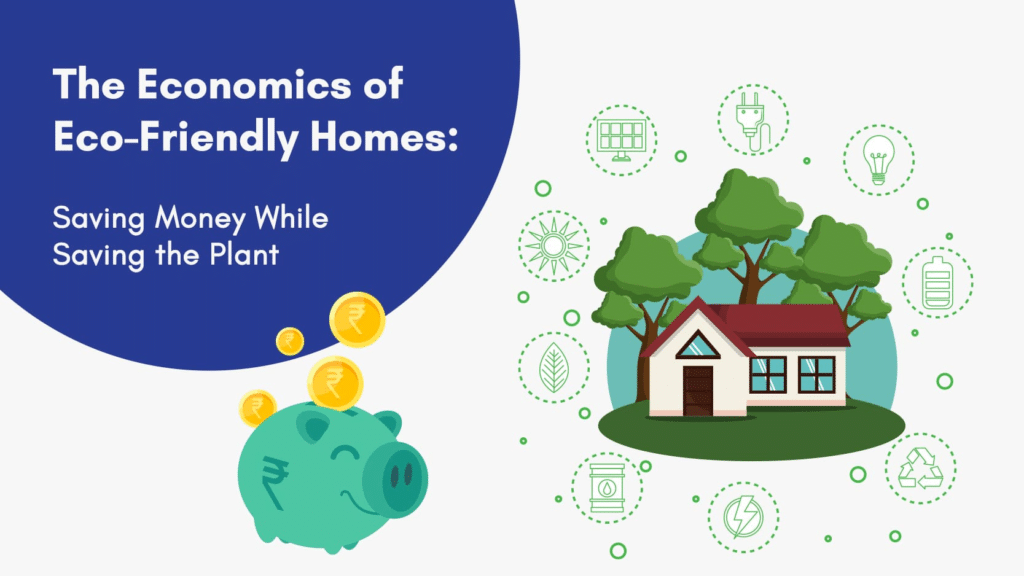
Eco loans, commonly known as green loans, are financial products specifically designed to fund projects that have a positive environmental impact. These loans enable individuals and businesses to invest in sustainable initiatives, such as renewable energy installations, energy-efficient building upgrades, and other eco-friendly projects. By securing an eco loan, borrowers can contribute to environmental conservation while potentially benefiting from favorable financial terms.
The growth in India
India’s effort to reduce carbon emissions has led to a surge in green financing. In a span of five years, the green loan market has grown exponentially.This growth is driven by government initiatives and rising environmental consciousness among consumers.As a result, more and more companies are now seeking green loans for their environmentally friendly projects.
Eligibility criteria for borrowers
In order to be eligible for a green loan in India, applicants need to prove that their project will contribute significantly to the environment.This can be in the form of energy efficiency measures, pollution control initiatives, or anything that helps in the conservation of resources.Banks might ask for comprehensive project reports or certifications from established environmental organizations to validate your claim.
Challenges ahead
Despite the potential benefits, green loans remain underutilized in India.Limited borrower awareness: Many potential borrowers are unfamiliar with green loans and the associated benefits.Stringent requirements: The eligibility criteria and documentation requirements are often too burdensome for small-scale projects.Overcoming these barriers is key to broadening access to green financing across various sectors of the economy.
Key Features of Eco Loans
- Purpose-Driven Financing: Eco loans are exclusively used to finance projects that contribute to environmental sustainability. This includes initiatives like installing solar panels, constructing energy-efficient buildings, or implementing sustainable agricultural practices.
- Favorable Terms: To encourage the adoption of green practices, eco loans often come with lower interest rates and extended repayment periods compared to traditional loans. This makes financing sustainable projects more accessible and financially attractive.
- Adherence to Green Loan Principles: Eco loans typically adhere to established guidelines, such as the Green Loan Principles (GLP), which ensure that the funds are used appropriately for environmental projects. These principles cover aspects like the use of proceeds, project evaluation, and reporting.
Benefits of Eco Loans
- Environmental Impact: By financing eco-friendly projects, borrowers contribute to the reduction of greenhouse gas emissions and the promotion of renewable energy sources. This supports global efforts to combat climate change.
- Financial Incentives: Eco loans often offer lower interest rates and favorable repayment terms, making them an attractive option for financing sustainable projects. Additionally, some governments provide incentives such as tax credits or rebates for eco-friendly investments.
- Enhanced Property Value: Properties equipped with energy-efficient features or renewable energy systems often have higher market values and can attract premium buyers or tenants. This can lead to increased returns on investment.
Types of Eco Loans

Eco loans, or green loans, provide individuals, businesses, and organizations with financing to fund projects that promote environmental sustainability. These loans come in different types, each designed to cater to specific green initiatives. Below are some of the most common types of eco loans:
1. Solar Energy Loans
Solar energy loans are specifically designed to finance the installation of solar panels and other solar energy systems. These loans help homeowners, businesses, and organizations harness renewable energy, reducing their dependence on fossil fuels and lowering energy costs in the long run.
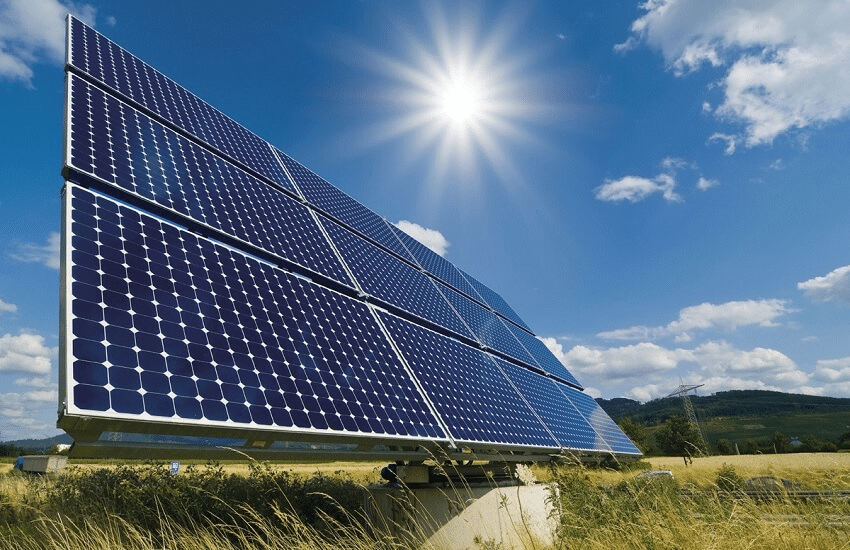
- Key Features:
- Funds for purchasing and installing solar panels
- Often comes with low interest rates and flexible repayment terms
- Many lenders offer tax incentives or rebates in conjunction with solar installations
- Who Can Benefit:
- Homeowners looking to reduce energy bills and their environmental impact
- Businesses aiming to make sustainable energy choices and reduce overhead costs
2. Energy-Efficiency Loans

Energy-efficiency loans are designed to fund energy-saving upgrades in homes, buildings, or industrial settings. These upgrades may include better insulation, energy-efficient lighting, HVAC system improvements, and other measures to lower energy consumption and greenhouse gas emissions.
- Key Features:
- Typically used for retrofitting existing buildings or homes
- Available for improvements like insulation, LED lighting, smart thermostats, and energy-efficient appliances
- Low-interest rates and extended repayment periods to make the investment affordable
- Who Can Benefit:
- Homeowners wanting to make their homes more energy-efficient
- Commercial property owners seeking to reduce energy consumption and improve environmental credentials
3. Green Home Loans

Green home loans are designed to help homeowners purchase or refinance homes that meet environmentally sustainable standards. These loans may be used for homes built with green materials, homes that meet specific energy-efficiency standards, or homes with eco-friendly features such as rainwater harvesting or energy-efficient windows.
- Key Features:
- Financing for purchasing or refinancing environmentally-friendly homes
- May provide benefits such as lower down payments and favorable interest rates
- Often includes certifications like LEED (Leadership in Energy and Environmental Design) or Energy Star
- Who Can Benefit:
- Homebuyers interested in purchasing eco-friendly homes
- Homeowners looking to refinance and enhance their home’s green features
4. Electric Vehicle (EV) Loans
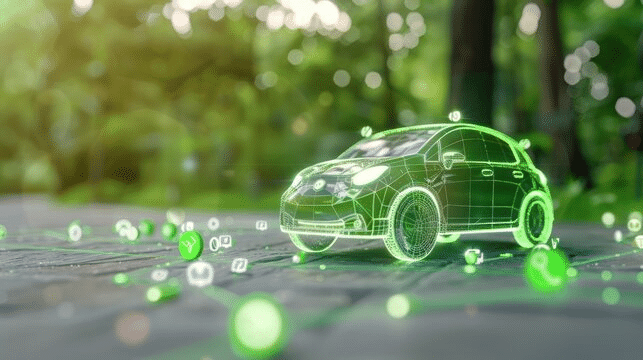
EV loans are used to finance the purchase of electric vehicles, which are essential for reducing carbon emissions from transportation. These loans can be used to buy electric cars, motorcycles, or even e-bikes. They are part of the effort to encourage sustainable transportation solutions and reduce reliance on fossil fuels.
- Key Features:
- Financing for purchasing electric vehicles
- May include rebates, incentives, or government tax credits to make electric vehicles more affordable
- Generally offer competitive interest rates
- Who Can Benefit:
- Individuals or businesses interested in making the switch to cleaner, electric vehicles
- People looking for environmentally conscious transportation options
5. Renewable Energy Loans
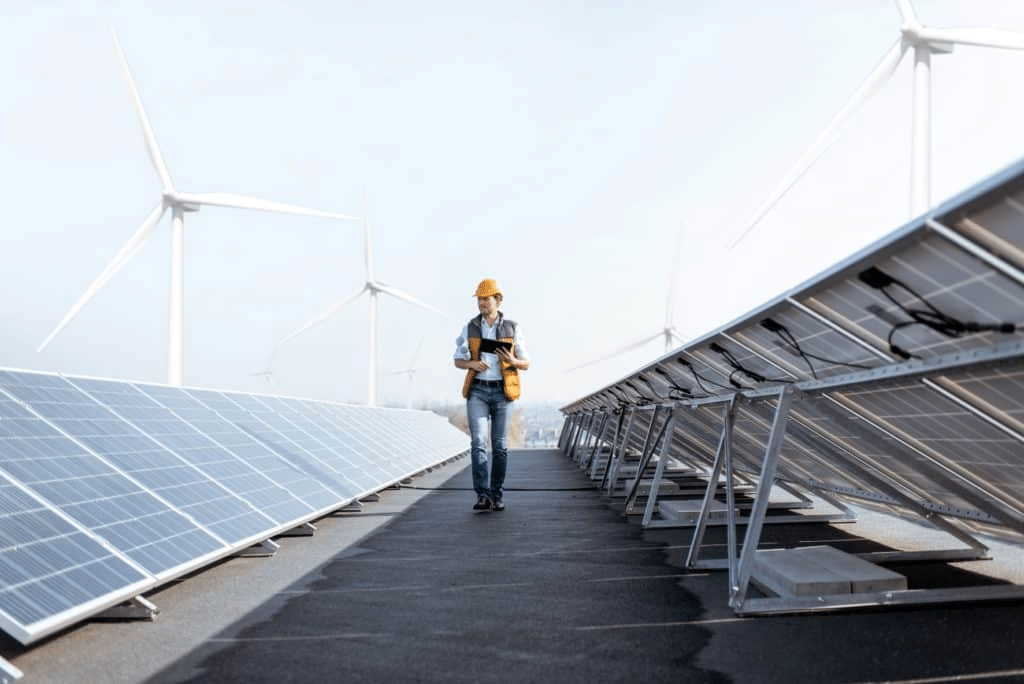
Renewable energy loans are used to finance large-scale renewable energy projects, such as the installation of wind turbines, hydroelectric plants, or bioenergy facilities. These loans are typically more complex and may require a more detailed business plan, but they play a critical role in advancing the adoption of renewable energy sources.
- Key Features:
- Used for financing large-scale renewable energy infrastructure projects
- Often involve partnerships with governments or investors
- Low-interest rates or favorable terms are often offered to support energy independence
- Who Can Benefit:
- Companies or organizations involved in large-scale renewable energy projects
- Developers aiming to build renewable energy infrastructure to contribute to sustainable power generation
6. Green Business Loans
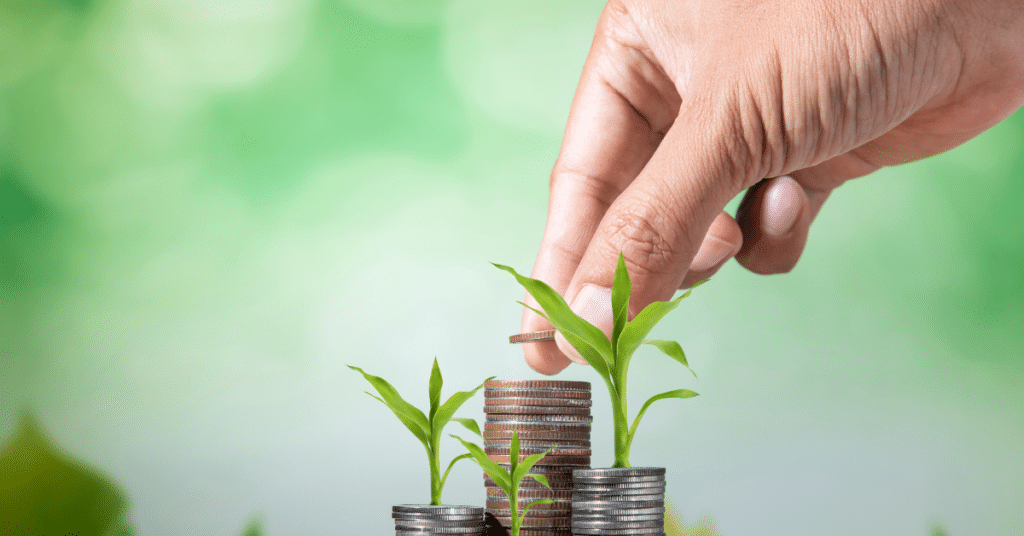
Green business loans support entrepreneurs and businesses focused on environmental sustainability. These loans can fund a range of eco-friendly business activities, such as implementing energy-efficient technologies, creating environmentally friendly products, or building green-certified commercial spaces.
- Key Features:
- Used for business operations that align with green principles
- May offer lower interest rates to businesses that meet sustainable practices
- Some green business loans may be available through specialized lenders or government-backed programs
- Who Can Benefit:
- Business owners in the renewable energy, sustainable agriculture, eco-friendly manufacturing, or other green industries
- Entrepreneurs with innovative business ideas that have environmental benefits
7. Green Bonds
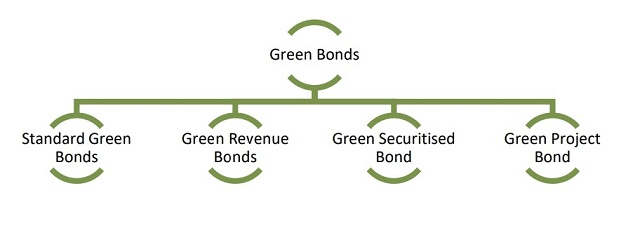
Green bonds are another form of eco-friendly financing. Unlike traditional loans, green bonds are debt securities issued by organizations or governments to raise capital for environmental projects. Investors who buy green bonds are helping fund initiatives like clean energy, pollution reduction, and ecosystem restoration.
- Key Features:
- Typically used by governments or large corporations
- Funds raised are earmarked for specific environmental projects
- Green bonds may offer tax incentives or competitive returns for investors
- Who Can Benefit:
- Governments or corporations looking to finance large-scale environmental initiatives
- Investors interested in supporting sustainable development while earning returns
8. Green Construction Loans

Green construction loans are used to finance the building of new structures that meet specific environmental and energy standards. These loans are usually targeted at projects that aim to achieve green certifications like LEED, focusing on sustainable building practices and reducing the carbon footprint of new buildings.
- Key Features:
- Funds for building new structures using sustainable materials and energy-efficient designs
- Projects must meet green standards to qualify for these loans
- Lenders may offer incentives for high-performing buildings in terms of energy consumption and emissions reduction
- Who Can Benefit:
- Real estate developers and contractors involved in sustainable construction projects
- Property owners planning to build eco-friendly homes or commercial spaces
Eligibility Criteria for Eco Loans
Each type of eco loan comes with its own eligibility criteria, depending on the lender, the loan amount, and the specific eco-friendly initiative being financed. However, there are common requirements that most eco loan programs share. Below is a breakdown of the general eligibility criteria you can expect when applying for an eco loan:
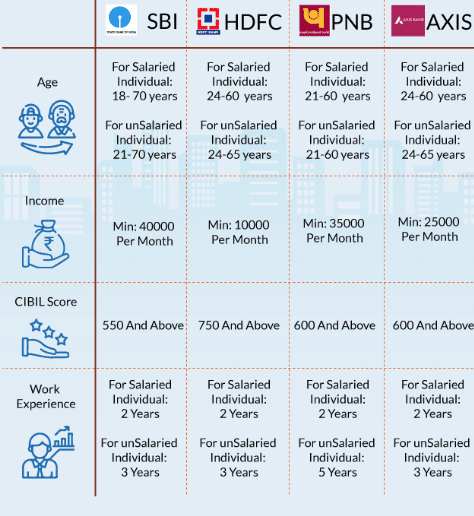
1. Creditworthiness and Credit Score
- What it means: Your credit score is one of the most important factors in securing an eco loan. Lenders use this score to assess how likely you are to repay the loan.
- Typical Requirements:
- A good to excellent credit score (generally above 650) is often required, but some programs may be more lenient.
- Some lenders may offer specialized green loans with more flexible terms to those with lower credit scores, especially if the project is highly beneficial in terms of environmental impact.
2. Income and Employment Status
- What it means: Lenders need to ensure that you have a steady income to repay the loan. For individual applicants, proof of income such as pay stubs or tax returns may be required.
- Typical Requirements:
- A stable source of income from employment, self-employment, or other reliable means.
- A minimum annual income may be required, though this can vary based on the loan amount and type.
- Some loans may require proof of employment or business operations, especially for business loans or larger project financing.
3. Type of Eco Project
- What it means: Each eco loan is typically tailored to a specific type of green project. Whether it’s for solar panels, energy-efficient appliances, or green construction, the loan must align with the project you intend to fund.
- Typical Requirements:
- The project must meet certain environmental standards (e.g., reducing energy consumption, utilizing renewable energy sources, reducing carbon emissions).
- For home improvement loans, the energy-efficient upgrades or installations must be performed by a licensed contractor and must meet local or national energy efficiency standards.
4. Property Type (For Homeowners and Real Estate)
- What it means: If you’re applying for a green home loan or any loan tied to property improvement, the property itself must often meet specific criteria.
- Typical Requirements:
- The property may need to be a primary residence, a rental property, or a commercial property depending on the type of loan.
- For green construction loans, the property may need to meet certain environmental or building standards like LEED certification.
- Some loans may be available for newly built homes, while others may only apply to existing structures.
5. Project Certification and Documentation
- What it means: Most eco loans require documentation to prove the project qualifies as “green.” This could include certifications, environmental impact reports, or other evidence that the project meets sustainability standards.
- Typical Requirements:
- Energy-efficient certifications such as Energy Star or LEED may be necessary for homes or buildings.
- Proof of installation or a contract with a certified green contractor for projects like solar panel installation.
- For renewable energy projects, detailed plans and estimates for installation costs, energy savings, and environmental impact may be needed.
6. Debt-to-Income Ratio

- What it means: Lenders often look at your debt-to-income (DTI) ratio to assess your ability to manage additional debt. This is calculated by dividing your total monthly debt payments by your gross monthly income.
- Typical Requirements:
- A DTI ratio of 36% to 43% is generally considered acceptable, though some lenders may have more flexible terms.
- The lower your DTI ratio, the more favorable your loan application will be viewed.
7. Down Payment and Collateral (for Larger Loans)
- What it means: Some eco loans, especially those used for large projects, may require a down payment or collateral. The down payment shows the lender that you’re invested in the project, and collateral offers security for the loan.
- Typical Requirements:
- A down payment of 5% to 20% may be required for certain green home loans or large-scale renewable energy projects.
- Collateral may be needed for larger loans, especially for business or commercial eco loans.
- For vehicle-related eco loans, a down payment may be required based on the price of the electric vehicle.
8. Government and Local Regulations
- What it means: Some eco loans, especially those related to renewable energy or energy efficiency, may have government-backed programs or local regulations that influence eligibility.
- Typical Requirements:
- Some regions or countries may require specific green certifications to qualify for eco loans (e.g., a green building certification for construction loans).
- Tax credits, rebates, or other incentives may be available, but only if the loan project meets certain government-approved criteria.
- Local laws may also govern eligibility, especially for community-based or municipal environmental projects.
9. Loan Amount and Project Scope
- What it means: Lenders often have specific limits on how much they are willing to lend for eco projects, depending on the loan type and the scope of the project.
- Typical Requirements:
- Smaller loans may have fewer eligibility requirements, while larger loans (e.g., for commercial or large-scale renewable energy projects) may require more comprehensive financial documentation and feasibility plans.
- Some lenders may have specific thresholds for the loan amount, and you may need to justify how the loan aligns with environmental goals.
10. Green Initiatives and Company Eligibility (for Businesses)
- What it means: If you’re applying for a business eco loan, the lender may need to verify that your company is committed to sustainable business practices.
- Typical Requirements:
- The business must be engaged in green initiatives, such as reducing waste, using renewable energy, or offering eco-friendly products or services.
- Businesses may need to demonstrate how the loan will further their sustainability goals, such as funding energy-efficient upgrades or adopting greener technologies.
Also Read: Energy Loan Programs: From Solar Panels To Wind Farms
Conclusion:
Eco loans are a powerful tool for individuals, businesses, and organizations to finance sustainable projects that reduce their environmental impact. However, understanding the eligibility criteria is essential before applying for any green loan. By meeting these requirements, borrowers can gain access to the financial resources needed to make meaningful contributions to a more sustainable future while benefiting from potentially favorable loan terms and incentives.
FAQs
What is an eco loan?
- An eco loan is a financial product specifically designed to fund projects that promote environmental sustainability. This includes financing for renewable energy installations (e.g., solar panels, wind turbines), energy-efficient home improvements, and green business practices. These loans often offer favorable terms or incentives, such as lower interest rates, to encourage environmentally friendly initiatives.
Who is eligible for an eco loan?
- Eligibility varies depending on the type of loan and lender, but generally, individuals, businesses, and organizations are eligible if they meet certain criteria such as having a good credit score, proof of stable income, and a project that meets environmental standards. Specific loans may also require the project to align with certain energy-efficiency or sustainability certifications.
What types of eco loans are available?
- There are several types of eco loans, including:
- Green home loans for energy-efficient home improvements (e.g., installing solar panels or insulation).
- Renewable energy loans to finance the installation of wind or solar energy systems.
- Electric vehicle loans to purchase eco-friendly cars.
- Green business loans for companies looking to implement sustainable practices or energy-efficient upgrades.
Can I use an eco loan for my business?
- Yes, businesses can apply for eco loans if they intend to use the funds for projects that reduce their environmental impact, such as upgrading to energy-efficient equipment, adopting renewable energy, or improving waste management. Green business loans are designed to support companies in their transition to more sustainable operations.
What is the interest rate on eco loans?
- Interest rates on eco loans can vary depending on the lender, the type of loan, and the borrower’s creditworthiness. In some cases, government-backed programs or specific green initiatives may offer lower interest rates or additional incentives. It’s essential to shop around and compare rates from different lenders to find the best option.
How do I apply for an eco loan?
- To apply for an eco loan, you typically need to provide proof of income, a description of the green project you’re financing, and any relevant certifications or energy efficiency reports. The application process will vary by lender, so it’s best to contact the lending institution directly to understand their specific requirements.
What are the benefits of eco loans?
Eco loans provide several benefits, including access to funding for environmentally friendly projects, lower interest rates (in some cases), and potential tax incentives or rebates. They also contribute to sustainability efforts by encouraging the use of renewable energy, energy-efficient systems, and eco-friendly practices in homes and businesses.
